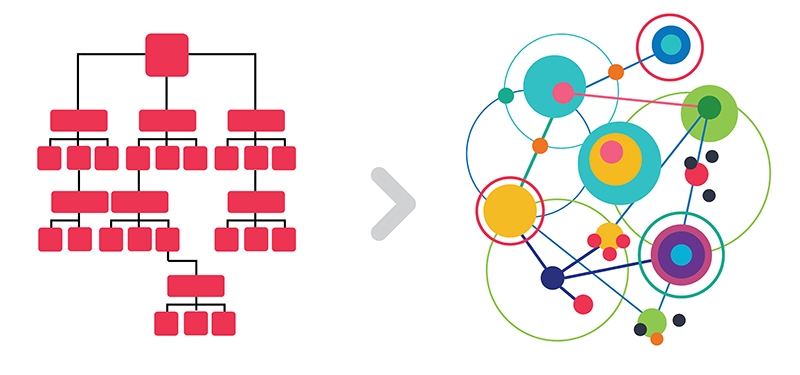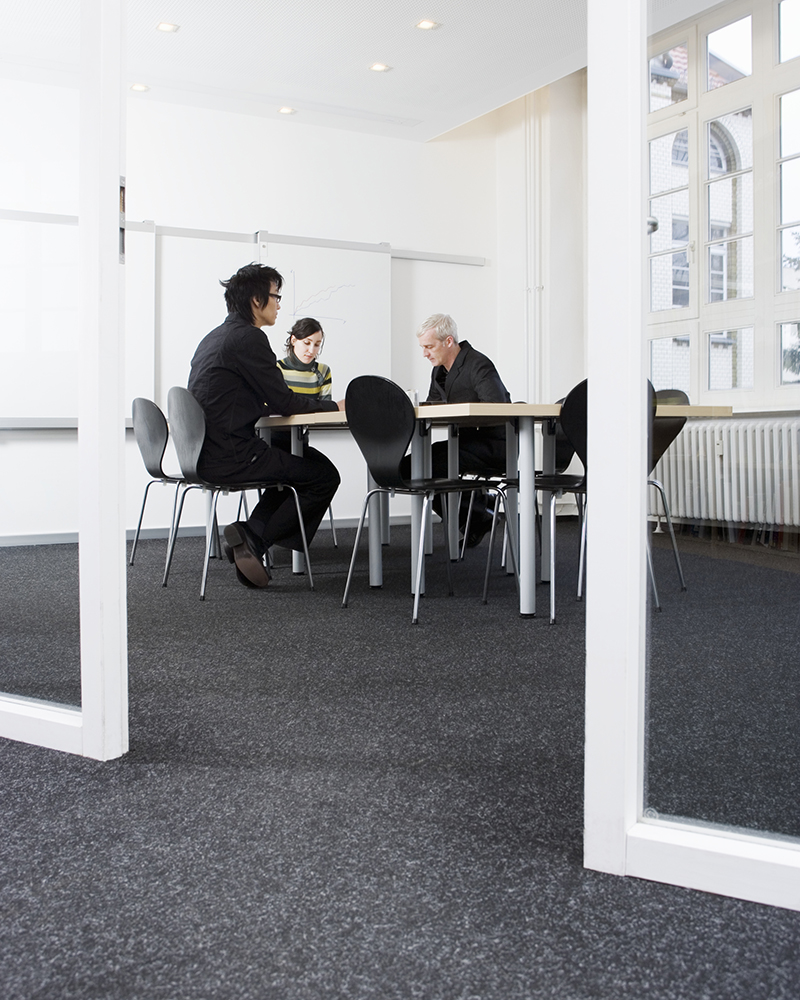Having just finished interviewing senior executives from a range of organisations for a Global Leadership study, and I am struck by the consistency in perspectives even though the organisations are quite different.
Every CEO I have interviewed ranks their number one challenge today as dealing with the pace and scale of change now upon us. And there is a conscious realisation amongst an increasing number of leaders that we can no longer react with the tools, approaches and mind-set of yesterday; we need to be open, creative, and collaborative in our responses. The dominant managerial mind-set is part of the problem, not the solution.
Put simply, business-as-usual is no longer an option. As Dawn Vance, Nike Director of Global Logistics at Nike succinctly puts it:
Organizations have 3 options: hit the wall; optimize and delay hitting the wall; or redesign for resilience – simultaneously optimizing existing networks whilst creating disruptive innovations and working collaboratively with partners.
What is redesigning for resilience?
Well, to be sure, it is not a one-size fits-all cookbook solution, even though our dominant mind-set might crave such a thing. This redesigning for resilience will manifest through myriad styles for myriad ever-changing landscapes. Yet, we can shed light on a profound shift that is occurring, a shift in perspective from ‘organisation as machine’ to ‘organisation as living system’; a shift from a mechanistic, control-based, and hierarchic approach to a recognition that our organisations are living, emergent systems.
This living-systems logic is spawning right in front of our very eyes. It is simply (though not necessarily easily) a case of us changing our lenses of perception, our managerial mind-set, and our out-dated logic of leading and organising, in order to allow more of how life really works and how systems really perform to come into our perceptual horizon. In-so-doing we give permission for more of who we truly are (as purposeful, passionate, creative, curious and collaborative human beings) to show up for work.

The good news is, we can take immense inspiration from the living systems all around us in nature. Nature has been dealing with dynamic change for over 3.8 billion years, and the more we explore and connect with nature’s ways, the more we find inspiration for operating in a dynamically changing business environment.
“The major problems in the world are the results of the difference between how nature works and the way people think.” – Gregory Bateson
Taking inspiration from nature
Our understanding of nature has evolved over the last few decades, from viewing nature as a battle ground of dog-eat-dog competition to one of interwoven relationality, where a dynamic order amid unceasing transformation prevails due to unwritten natural patterns, feedback loops, behavioural qualities, interdependencies and adaptations.
Increasingly, as our organisational context requires our businesses to become ever more emergent, innovative and adaptive, so leadership becomes more about empowering, empathising and encouraging interconnections, innovation, learning, local attunement, reciprocating partnerships and an active network of feedback.
Looking to the future of organizations
Many of us realise that we need our organisations and business ecosystems to become less hierarchic and more responsive to change. As we liberate our structures from control and hierarchy we allow our people to be more creative, enlivened, responsible and engaged. This is the kind of culture today’s talented people wish to work in.

The firm of the future is one that:
- Encourages synergies across its business ecosystem, engaging with diverse stakeholders while unlocking synergies;
- Harnesses the power of social networks; uses crowd sourcing, co-creation, open innovation, collaboration platforms and transparent branding for differentiation;
- Evolves living systems logic for innovating the ways we relate across our internal and external boundaries and for exploring new ways of operating by engaging every stakeholder within the community it serves.
Getting it right
Detailed studies have been undertaken by the Global LAMP Index over ten year periods, comparing the financial performance of organisations embracing living systems principles with their mechanistic counterparts, consistently showing that these living systems principles make for better financial returns and longer term resilience. It is simply good business sense.
Enter a myriad of organisations thriving amid uncertainty by applying living-systems logic: the manufacturer Semco, the carpets company Interface, the healthcare provider Buurtzorg, the bank Triodos, the employment agency Vaga, the chemicals manufacturer Scott Bader, the global network of social-enterprise community centres Impact Hub, the multimedia provider Sounds True, to name a few.
Running our organisations in more natural, more human ways is not some futurist utopian vision, its gone mainstream, and is fast becoming the future of business.